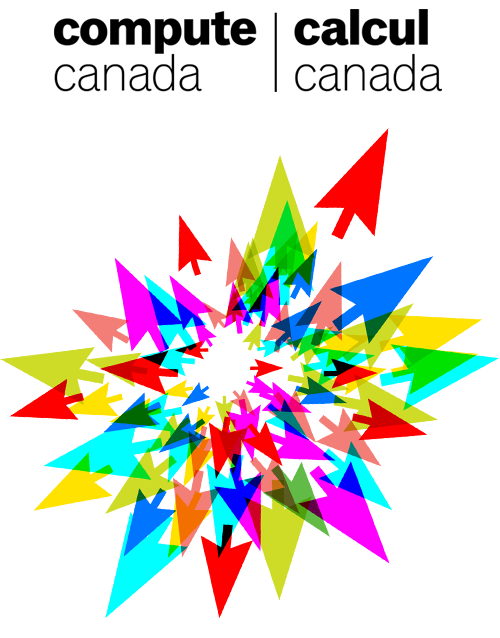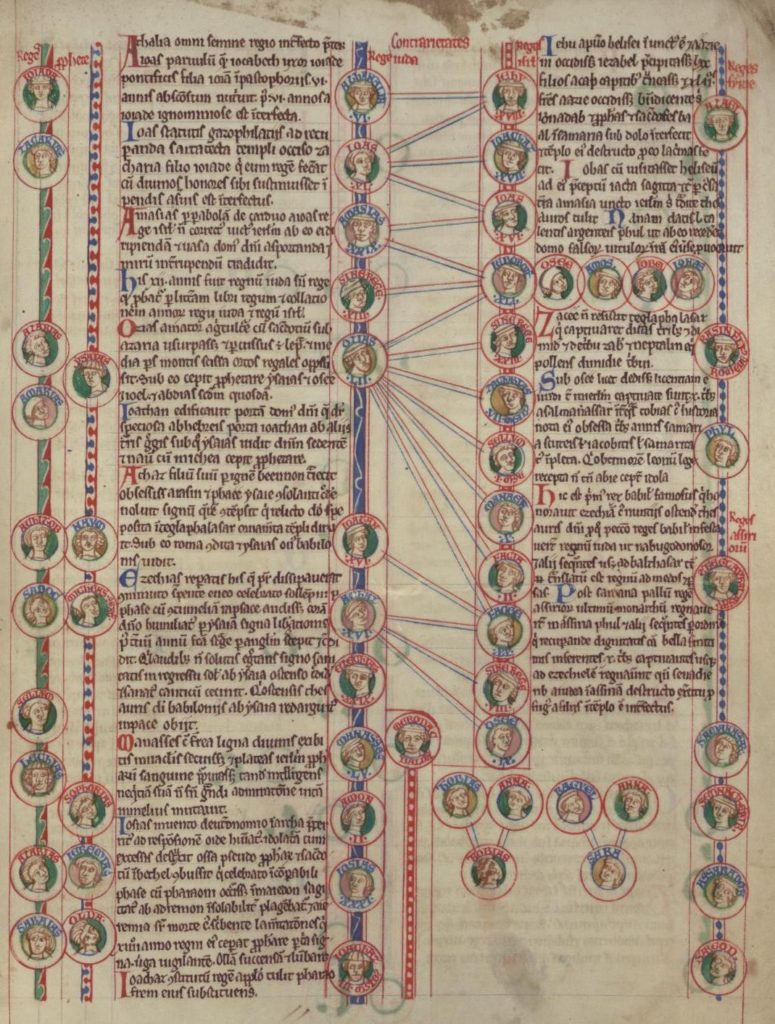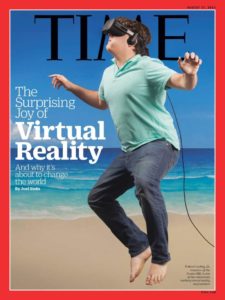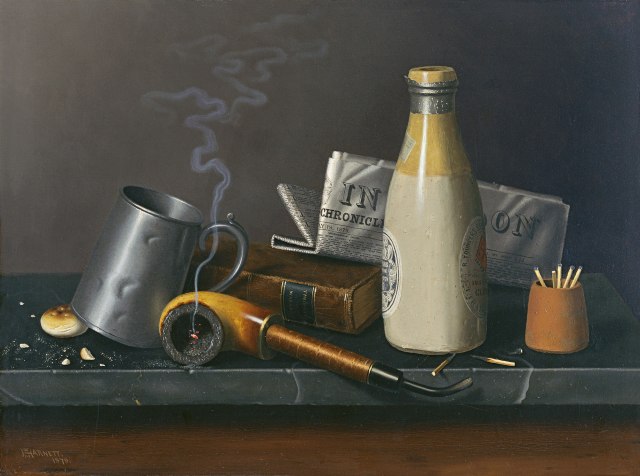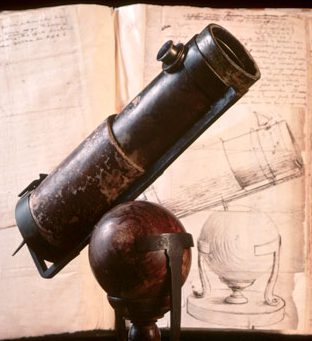Thanks to Humanist I came across this project that offers bwFLA: Emulation as a Service. This will become increasingly important in the digital humanities and game studies as more and more content-rich projects become unreadable on contemporary machines. Just think of the CD-ROM. How many of us still have a CD drive on our computer? I think I have a USB drive somewhere … not sure where it is though. Emulation projects like this and MAME are becoming more and more important to preservation and history.
Also, take a look at their Use Cases.

